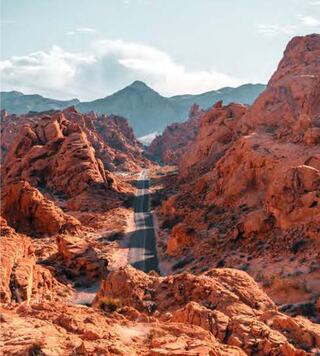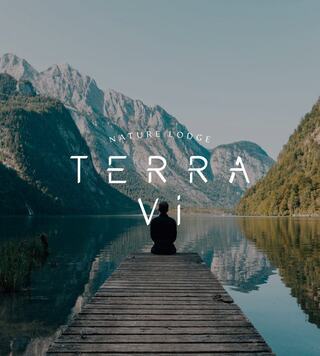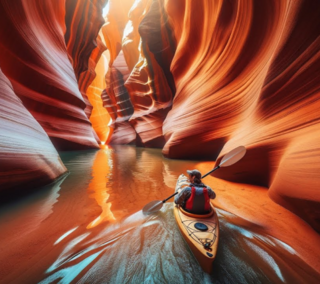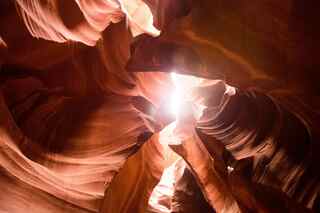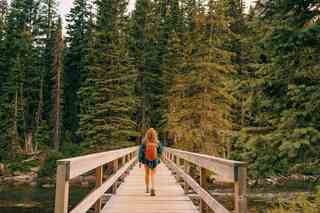
Marble Canyon Is Helping Save The California Condor... And So Can You.
Marble Canyon Lodge, AZ
|Wellbeing
If you’ve ever walked across Navajo Bridge in Marble Canyon and looked up, there’s a good chance you’ve seen something unforgettable—a massive bird with a nine-foot wingspan circling overhead or resting in the bridge’s steel beams. That’s the California Condor, one of the rarest birds in the world, and Marble Canyon is one of the few places they call home.
This stretch of northern Arizona, where the Colorado River carves through red rock and the desert sky stretches wide, is a key habitat for these endangered birds. The cliffs above the river provide natural roosting spots, and the canyon’s remoteness gives them space to fly, feed, and raise young.
The California Condor was once nearly extinct. By the 1980s, there were only 27 left. Thanks to decades of hard work, reintroduction programs, and careful monitoring, their numbers have slowly grown. Today, there are over 200 condors in California alone, and a few hundred more across Arizona, Utah, and Baja.
But this recovery is fragile.
The biggest threat to the California Condor today isn’t habitat loss or predators—it’s lead. Condors are scavengers. They feed on dead animals left in the wild, and if those animals were shot with lead bullets, the condors often ingest toxic fragments. Lead poisoning remains the leading cause of death for wild condors.
The data is clear: condors can’t survive without continued human support and major reductions in lead pollution. Scientists have modeled what the future could look like. If nothing changes, condor numbers will likely decline again. But if we reduce lead use and continue releasing captive-bred birds, their numbers could rise dramatically—expanding even into new parts of the western U.S.
Here’s how you can help:
Use non-lead ammunition: If you hunt, switching to non-lead bullets protects scavengers like condors, eagles, and hawks. Non-lead ammo works just as well and is widely available.
Spread the word: Many people simply don’t know about the impact of lead on wildlife. Sharing this info with your community can make a difference.
Support condor conservation: Groups like The Peregrine Fund and others working in the Southwest rely on donations and public support to continue their work.
Visit Marble Canyon: See these incredible birds in the wild, and experience one of the most beautiful and ecologically important areas in the region.
The return of the California Condor is one of conservation’s great comeback stories—but it’s not finished yet. With a few smart choices, we can help keep these birds in the sky where they belong
